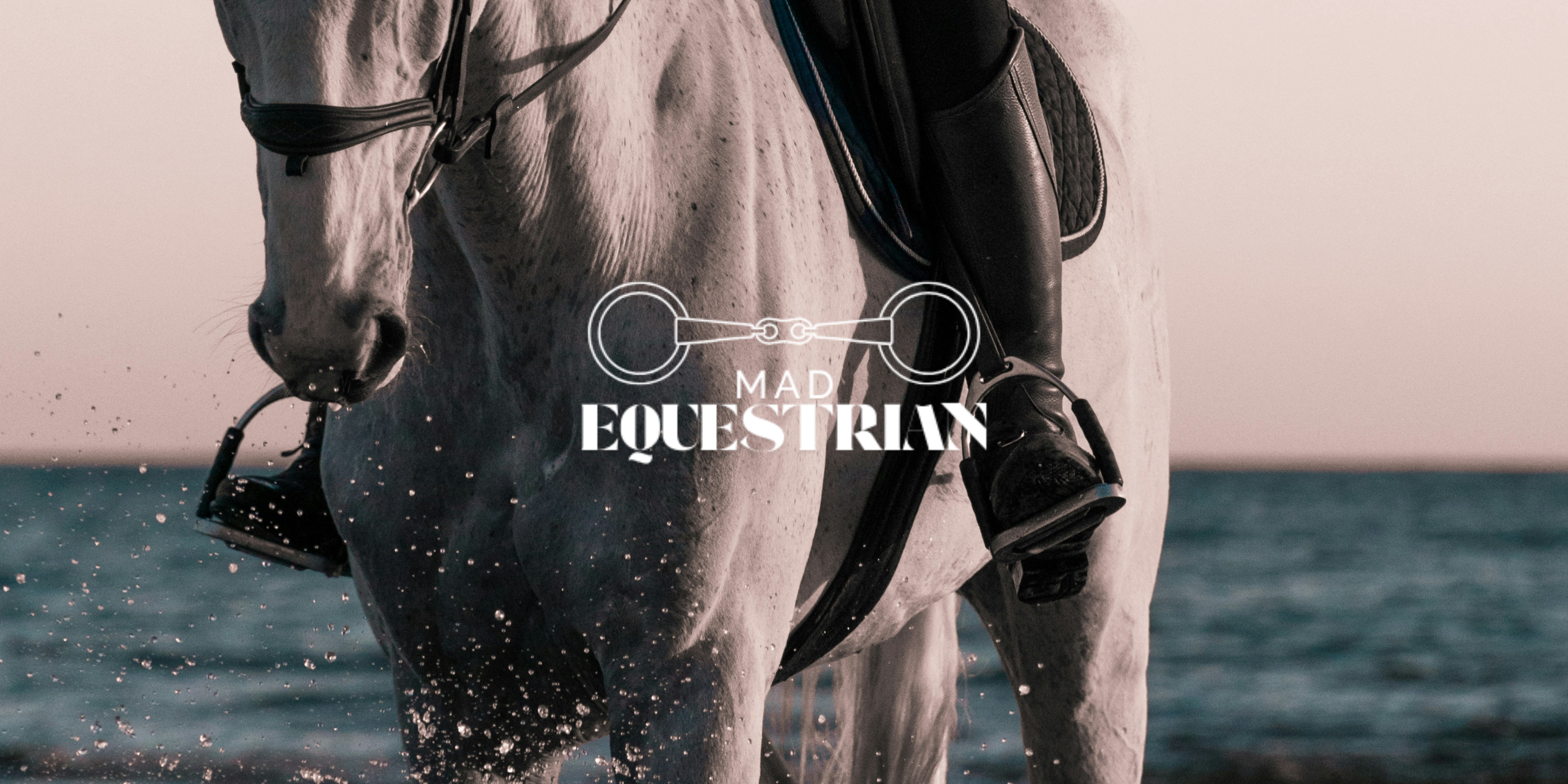Equestrian fashion is more than just clothing; it’s a bridge between tradition, performance, and personal style. For centuries, riding apparel has been shaped by heritage and functionality, ensuring that riders not only look polished but also feel confident in the saddle. While deep-rooted customs still influence dress codes today, modern design and fabric technology have transformed the way riders approach their wardrobes.
From the formal elegance of dressage to the practicality of schooling attire, equestrian fashion continues to evolve without losing sight of its history. Designers blend classic silhouettes with contemporary details, proving that “traditional” doesn’t have to mean “outdated.”
The Role of Tradition in Equestrian Fashion
Many riding disciplines have strict guidelines for competition attire, honoring the sport’s history and creating a sense of unity among riders. Show coats, breeches, gloves, and stock ties are more than just fashion; they’re part of the sport’s identity. Yet, even within these rules, riders find ways to express individuality, whether it’s a subtle patterned collar, a unique lapel pin, or a perfectly coordinated belt.
Schooling attire, on the other hand, offers more freedom. Think of it as the “athleisure” of the equestrian world, comfortable, functional, and stylish. Riders can experiment with brighter colors, fun prints, and innovative fabrics that wick away sweat, protect from UV rays, and move with the body.

Shop The Latest Equestrian Fashion Trends
Ride with intention, wear with distinction, only at MAD Equestrian.
Shop NowEquestrian Fashion Trends for 2024–2025
-
High-Performance Fabrics
Breeches and shirts now incorporate breathable, quick-dry, and stretch materials that enhance comfort and mobility. These fabrics also prioritize sustainability, making them a win-win for performance and the planet. -
Color Beyond the Classics
While navy, black, and beige remain staples, pops of color are increasingly popular. Pastels for spring, rich jewel tones for fall—riders are embracing hues that stand out without breaking tradition. -
Subtle Patterns
From hidden prints inside collars to understated geometric designs, patterns add a touch of personality without clashing with formal dress codes. -
Horse-and-Rider Coordination
Choosing colors that complement your horse’s coat creates a cohesive and elegant presentation. For example, blue tones look stunning on chestnuts, while bay horses shine against deep greens. -
Personalized Touches
Custom embroidery, monogrammed saddle pads, and unique accessories give riders a signature style while maintaining professionalism. -
Tasteful Accessories
Belts, subtle jewelry, and even stylish helmet covers can elevate an outfit without distracting from performance.
Equestrian Fashion by Discipline
-
Show Jumping – Modern yet polished, with tailored coats in dark hues, white breeches, and occasionally a hint of color in shirts or trim.
-
Hunters – Conservative and refined, often with darker coats and sand-colored breeches for a classic ring look.
-
Dressage – Formal and commanding, typically featuring black or navy coats, white breeches, and stock ties, sometimes accented with elegant details like crystal buttons.
-
Fox Hunting – Perhaps the most traditional, with tweed or melton coats, light breeches, and strict adherence to century-old dress guidelines.
Bringing It All Together
Whether you’re competing in a championship show or enjoying a relaxed schooling session, equestrian fashion allows you to honor the sport’s traditions while showcasing your personality. The right outfit balances comfort, functionality, and style—helping you perform at your best while feeling confident and connected to the riding community’s rich history.
From high-tech fabrics to coordinated color schemes, today’s trends prove that equestrian fashion will never go out of style. With the perfect blend of heritage and innovation, riders can continue turning heads in the ring and on the training field for years to come.


0 comments